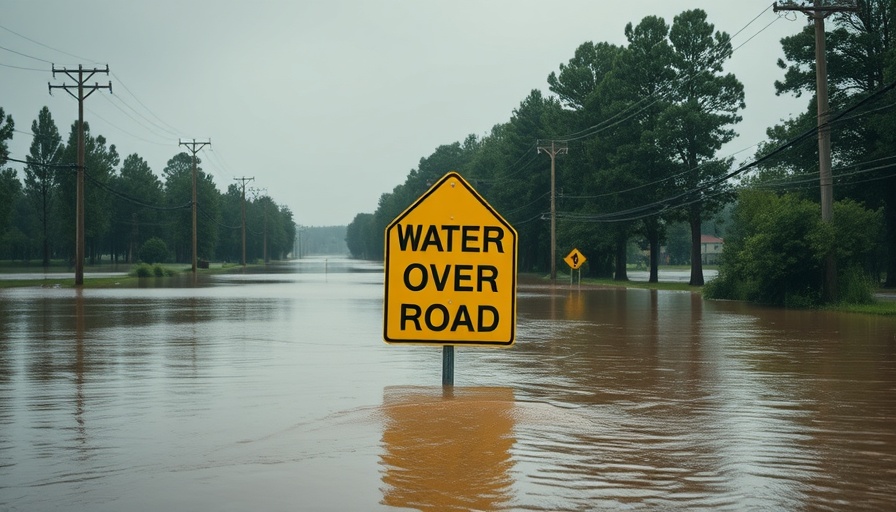
A Catastrophic Flooding Event in Central Texas
As the waters recede but the questions linger, the recent flooding in central Texas has left a community mourning the loss of lives, with the death toll tragically reaching 82. Efforts to locate over forty missing individuals continue, including young girls who were camping at Camp Mystic when the deluge struck.
The catastrophic flooding, which occurred after relentless rain caused the Guadalupe River to rise dramatically on July 4, has had its most severe impact in Kerr County, though neighboring counties like Travis and Burnet are also grappling with the aftermath. With multiple leaders blaming each other for the tragedy, scrutiny is mounting over the effectiveness of the emergency management response.
Failure of Communication and Preparedness
Judge Rob Kelly of Kerr County publicly criticized the National Weather Service (NWS) for allegedly failing to forecast the rainfall accurately. However, the NWS has countered this claim, stating that they issued a flash flood warning well in advance. Reports suggest that the Kerr County Sheriff's department delayed their emergency response, taking over three hours to assess and inform the public about the impending dangers, raising serious questions about the effectiveness of official communication.
This points to a larger issue in Texas regarding the dissemination of emergency alerts. While Kerrville Police attempted to reach residents through social media, many citizens may not have access to the platforms used, and the town lacks traditional weather sirens that could have sounded the alarm during the floods. As a result, community leaders are faced with the pressing task of reevaluating their emergency preparedness strategies.
The Human Cost of Inaction
The emotional toll of this event resonates deeply, especially for the families of the young campers at Camp Mystic. The family of two sisters, Blair and Brooke Harber, who died in the floods, is now left grappling with grief and unanswered questions. Meanwhile, Richard Eastland, the camp's director, tragically lost his life as he attempted to save others, showcasing the heroic efforts undertaken during this disastrous event.
Governor Abbott’s handling of the situation, particularly his initial press conference following the event, where he praised the federal administration while downplaying the gravity of the situation, has drawn severe criticism. Remarks made by Senator John Cornyn, which seemed to deflect from the immediate and devastating impacts of the flooding, have also not gone unnoticed, painting a picture of insensitivity amidst a crisis.
Future Predictions and the Importance of Action
The flooding in Texas highlights not only the immediate disasters but also demonstrates a chilling potential for future occurrences, especially in light of climate change. As weather patterns become increasingly erratic, communities must develop more robust systems for managing and communicating emergency situations. By strengthening legislative measures to enhance early warning systems and emergency response protocols, Texas can better equip itself for the unexpected.
Additionally, local leaders must prioritize strategies for community education about flood risks and response actions, ensuring that citizens remain informed and prepared. Partnerships between governmental agencies, local organizations, and community members can facilitate safer environments and minimize the loss of life during future weather-related catastrophes.
A Call to Action for Future Resilience
In the aftermath of this tragedy, engaged citizens have the opportunity to push for change within their local government. Advocating for better infrastructure, more comprehensive emergency response training, and the establishment of more effective communication networks will contribute to community resilience against future disasters.
As you reflect on the events that unfolded in Texas, consider how you can participate in local initiatives aimed at improving safety and preparedness. Being proactive in advocating for heightened emergency response measures will help ensure fewer families experience the devastating impact of natural disasters.
 Add Row
Add Row  Add
Add 




Write A Comment